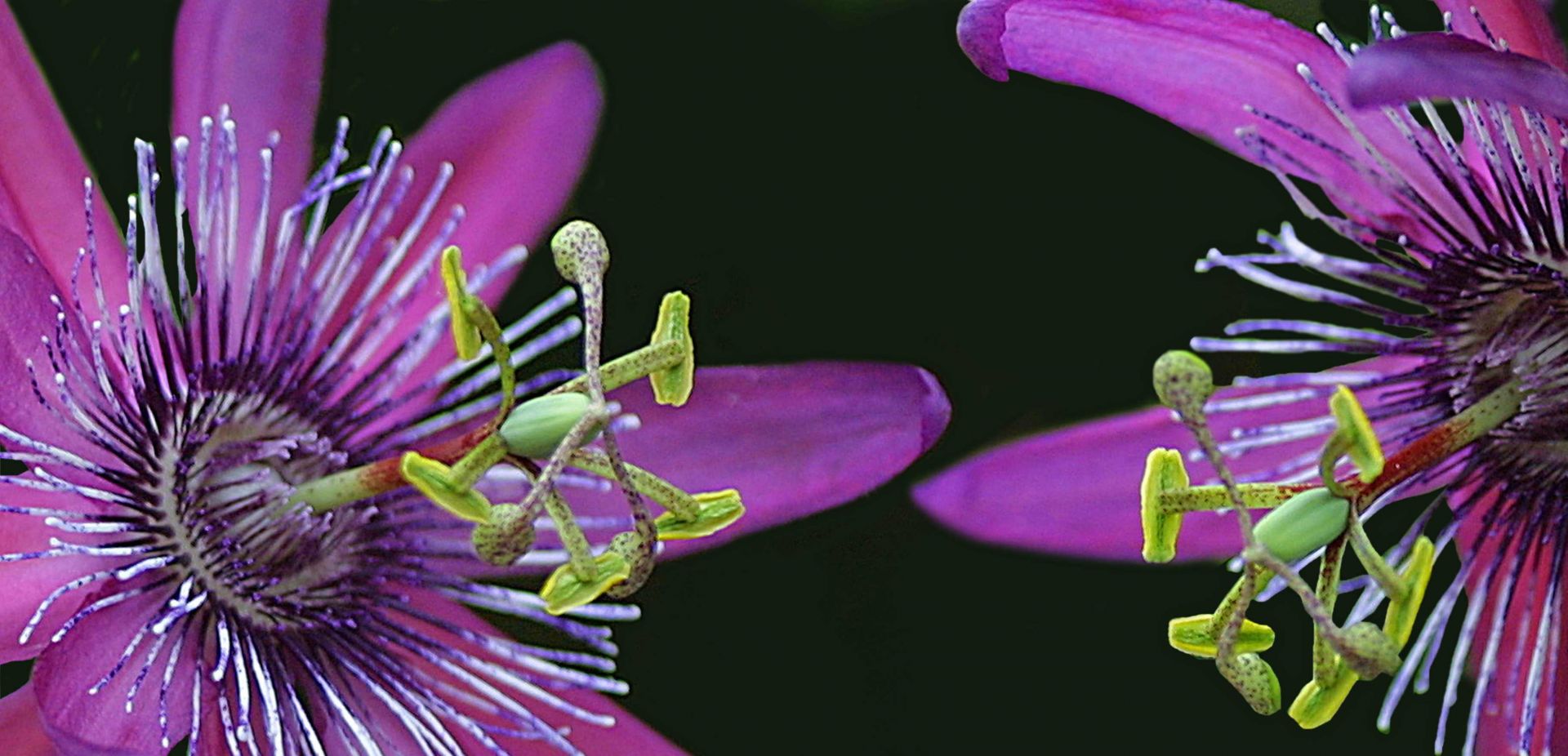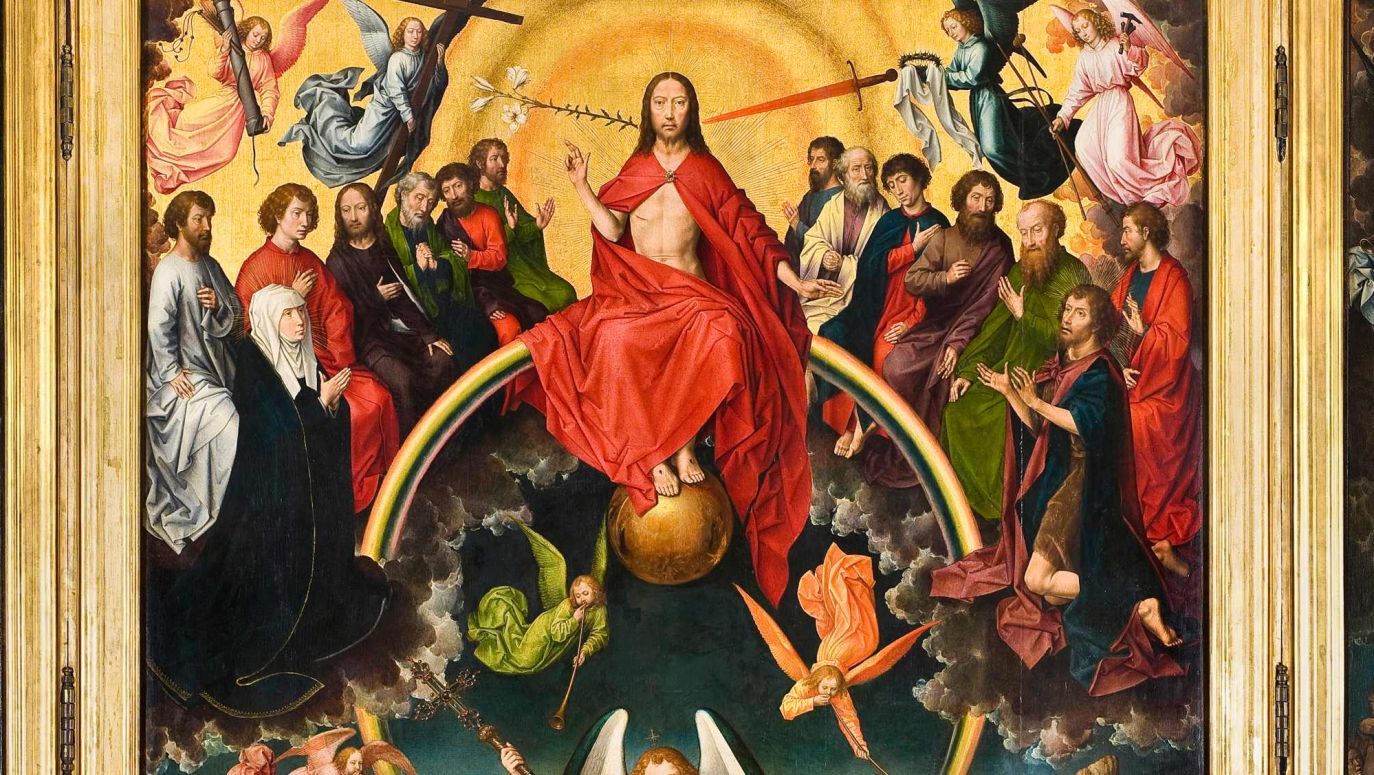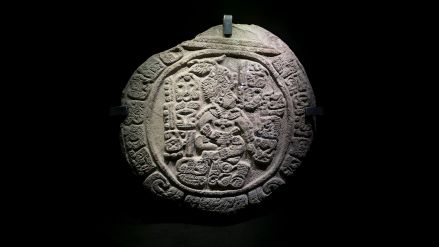Indeed, the unique frayed corolla (filaments) of the passion flower can boldly symbolise the crown of thorns. The tripartite stigma of the pistil is reminiscent of the three nails with which the Saviour was nailed to the cross (in another version, they are supposed to symbolise the three hammers used to drive these nails). The five stamens with pollen represent the five wounds inflicted on Jesus, and the ten petals and sepals (outer floral parts) represent the ten loyal apostles (excluding Judas Iscariot and Peter, who denied Jesus three times). The coiled tendrils in the green part of the plant represent the symbolic whips of the Roman executioners of Christ, and the ovary and floral base symbolise the chalice used by Jesus during the Last Supper and later used by Joseph of Arimathea to collect the blood of the Savior after his crucifixion. In the tall style of the flower, one can discern the symbol of the main axis of the cross, while the alternating leaves, which are both oval and palmate, represent the spear and hands of the executioners. The thirty dots visible on the undersides of the leaves symbolise the thirty pieces of silver paid to Judas for his betrayal. The white or red colour of the passionflower's petals symbolises the purity or blood of the Saviour, and the blue coronal filaments represent Heaven, where He ascended.
 SIGN UP TO OUR PAGE
SIGN UP TO OUR PAGE 
The passiflora usually only blooms for three days, thus symbolising the three years of Christ’s teaching or the three days and three nights he spent in the tomb after the crucifixion. The round fruit of the Passiflora that appears after the flower has fallen is, of course, a symbol of the world saved by Christ.
Roses, lilies, pansies...
Plants, as is well known, play a significant role in Christian symbolism, for although faith in its purest form does not need symbols, they are there to reinforce, promote, restore and remind us of it. The list of symbolic meanings attributed to flowers, fruits, perennials, shrubs or trees is almost endless.
The roses alone symbolise the shed blood, suffering and wounds of Christ (red roses) or the chalice that received the Holy Blood. Through this association with the blood of Christ, roses also became a symbol of mystical rebirth. They also symbolise virginity and innocence, which is why they serve as a Marian symbol. In Christian symbolism, the rose can signify Christ himself, but also the perfection of Mary and her virtues, or even the collective of all angels and the saved, i.e. the whole Church that has entered heaven.
Similarly, lilies, most commonly known as symbols of purity, innocence and virginity. But lilies are also symbols of expulsion from paradise (the plant is said to have grown from Eve’s tears) or annunciation (the archangel Gabriel is often depicted with a lily in his hand, while a second lily appears in a vase next to the kneeling Mary).
In mediaeval representations of the person of Christ as judge of the world, the white lily “coming out” of his mouth was a symbol of grace. From the description of the Resurrection of Jesus, it appears that in the same hour the trees and bushes were covered with flowers and “the fragrance of the lily spread like a silvery, fragrant mist”.


 SIGN UP TO OUR PAGE
SIGN UP TO OUR PAGE 






